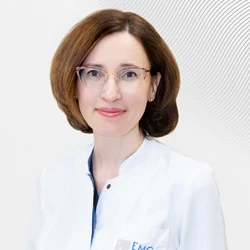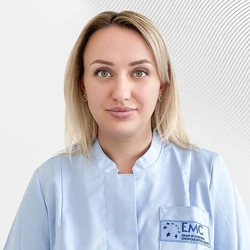Dacryocystitis is an inflammation of the lacrimal sac as a result of impaired patency of the lacrimal-nasal canal. The eye is washed with tears, which prevent the drying of the eye tissues and the proliferation of pathogenic bacteria in it. This process, which is necessary for the eyes, is disrupted by poor patency of the tear duct. Dacryocystitis is manifested by constant lacrimation and swelling of the lacrimal sac. In this case, you definitely need to consult an ophthalmologist.
The causes of dacryocystitis in newborns and adults are usually different. Partial or complete blockage of the lacrimal canal, leading to dacryocystitis in adults, is most often caused by atherosclerotic events or infections. Dacryocystitis in newborns occurs as a result of the preservation of the gelatinous film that protected the lacrimal-nasal canal during the prenatal period. Normally, this film should break at the first inhalation of the baby. Sometimes her rupture occurs during the first 2 weeks of a child's life. About 5% of newborns need dacryocystitis treatment in the first months of life due to the fact that an independent rupture of the gelatinous film has not occurred. Dacryocystitis in newborns caused by infection is much less common.
Chronic lacrimation and swelling of the lacrimal sac located in the fossa near the inner corner of the eye is the main symptom of dacryocystitis. When pressed on this area, purulent or mucopurulent discharge appears. The conjunctiva of the eyelids of the eye (the inner part of the eyelids adjacent to the eye) also looks edematous. In the acute course of dacryocystitis, there is a sharp reddening of the lacrimal sac and a pronounced narrowing of the ocular fissure. Within a few days, a fistula forms in the inner corner of the eye, which can open on its own with the release of purulent contents. With prolonged chronic dacryocystitis, severe stretching of the lacrimal sac is possible, in which the skin covering it becomes thinner and becomes bluish. Dacryocystitis is very dangerous for eye health, as it can lead to infection of the cornea, its damage and vision problems.
Only an experienced ophthalmologist can distinguish dacryocystitis from a number of other eye diseases, including conjunctivitis, and, therefore, prescribe adequate treatment. Dacryocystitis in a child cannot go away on its own. Massage, drug therapy, and in some cases surgical treatment are used for treatment
The standard of treatment for dacryocystitis in newborns is the systemic use of massage, it is carried out for at least 2 weeks up to 10 times a day. The purpose of the massage is to break the gelatinous film. With regular and proper massage, dacryocystitis is cured in most cases without surgical treatment. All manipulations are carried out at home by parents. Special attention should be paid to hand cleanliness. Only an ophthalmologist teaches parents how to massage properly. The massage session begins with squeezing out the contents of the lacrimal sac. Then an antiseptic solution of miramistin is instilled into the eye cavity and purulent discharge is completely removed. And only then you can proceed directly to the therapeutic massage. After the massage, disinfecting drops should be placed in the eye.
If the treatment of dacryocystitis in a newborn with massage has proved ineffective, the child needs to have the lacrimal canal probed. Surgical treatment of dacryocystitis in newborns is recommended at the age of 2-3 months. In our clinic, probing is performed under medical sleep conditions, which is painless for the child.
It is also possible to use low-traumatic laser dacryocystorinostomy in newborns.
Dacryocystorinostomy is recommended for children over 3 years of age. The operation consists in modeling an artificial lacrimal-nasal canal connecting the lacrimal sac with the nasal cavity to restore the outflow of tears into the nasal cavity.









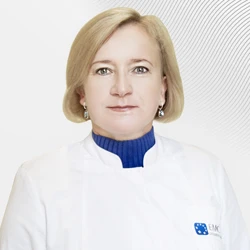



.webp)
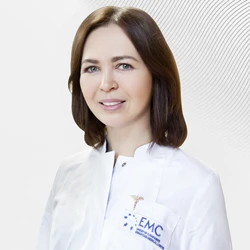

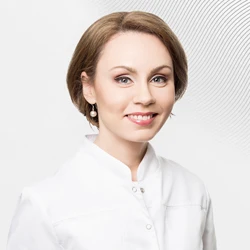

.webp)

